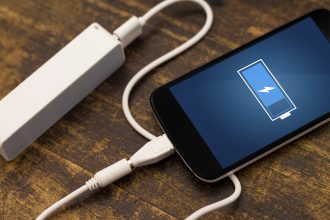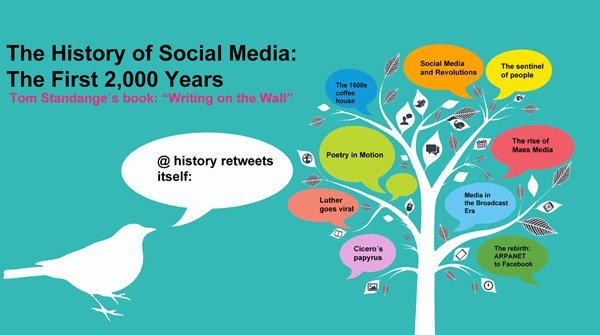
Charging, it’s something that we all have to do with our devices sooner or later. Charging is now becoming more important than ever, as everything is becoming more portable. Another reason is that many of the portable devices that we use are using becoming more powerful. This is especially true for smartphones, which are now using very powerful processors, they’ve got high-resolution displays that are OLED and a result use more battery power, and their camera quality is getting ridiculously good.
With all these spec improvements the use of battery usage of a phone is going to get burnt out pretty quickly. So what’s the solution? New battery tech, and moving beyond something other than Lithium-Ion? Well, that’s unlikely for now and the reason for that is because the use of a new type of a battery would require a lot of testing and make sure that it’s stable to use first. The main solution for more power usage among these high-end specs is the use of larger batteries.
Smartphones use to have anywhere from 1,000mAh to 2,000mAh batteries, but that’s the past now and that’s because many of them now use 3,000mAh to 4,000mAh batteries. With the use of larger batteries, recharging time can increase, and so fast charging tech is needed for a faster full recharge.
One of the most common fast-charging technologies and one that you’ve heard about or even use currently is Qualcomm Quick Charge. This charging tech is used mainly used for Android smartphones and that’s where its limits are. You cannot use a Quick Charge to fast charge an iPhone as the iPhone is not compatible with it, but the newer iPhones are compatible with USB-C Power Delivery.
USB-C Power Delivery, a universal charging method, at least in a way. The main thing to know is that USB-C is a new standard port that is overwriting Micro-USB, and Power Delivery is the fast charging that it’s compatible with. The great thing about Power Delivery is that it’s a lot more powerful than Quick Charge and that it’s rated from a power output of 18W to 100W of charging power.
For smartphones that are Power Delivery compatible, they’re able to fast charge using an 18W Power Delivery charger. Also, for fast charging an iPhone with a USB-C port, you’ll need to use a Lightning to Type-C charging cable. Just something to remember though, even the new iPhones that are Power Delivery compatible don’t come with a PD charger. That’s right, the thousand dollar phone still comes with a 5W charger.

Since Power Delivery is so powerful, its power is also highly useful for charging laptops. Many laptops on the market already use a USB-C port to charge from, and this is where PD charging excels, as you can use the same charger that you would use to charge your phone to charge your laptop. You might currently own a laptop that you have to use a charging brick for and it has a DC cord to connect to. Another way that Power Delivery is useful, is that it’s also used for gaming consoles such as the Nintendo Switch. You can use a Power Delivery to charge a Switch, and therefore, you can game and charge with a power bank.
With the use of PD, you can rely on a single charger, and the charger itself won’t be too large, and that’s because of the Gallium Nitride (GaN) chip. This is yet another innovation that PD brings with it, and to put it basically, GaN chips are small chips within a charger that can deliver lots of charging power while still maintaining a small form factor for the charger. What you’re left with is a charger that is the size of a very small cube that can fit into your pocket, and at the same time, it can output 30W of charging power. A charger such as this one is the above Anker Atom PD 1.
The charger has only about a 1 x 1-inch form factor, makes use of a single USB-C Power Delivery port, but the great part is that it has a 30W output.
This is an article provided by our partners network. It might not necessarily reflect the views or opinions of our editorial team and management.
Contributed content

Founder Dinis Guarda
IntelligentHQ Your New Business Network.
IntelligentHQ is a Business network and an expert source for finance, capital markets and intelligence for thousands of global business professionals, startups, and companies.
We exist at the point of intersection between technology, social media, finance and innovation.
IntelligentHQ leverages innovation and scale of social digital technology, analytics, news, and distribution to create an unparalleled, full digital medium and social business networks spectrum.
IntelligentHQ is working hard, to become a trusted, and indispensable source of business news and analytics, within financial services and its associated supply chains and ecosystems





























